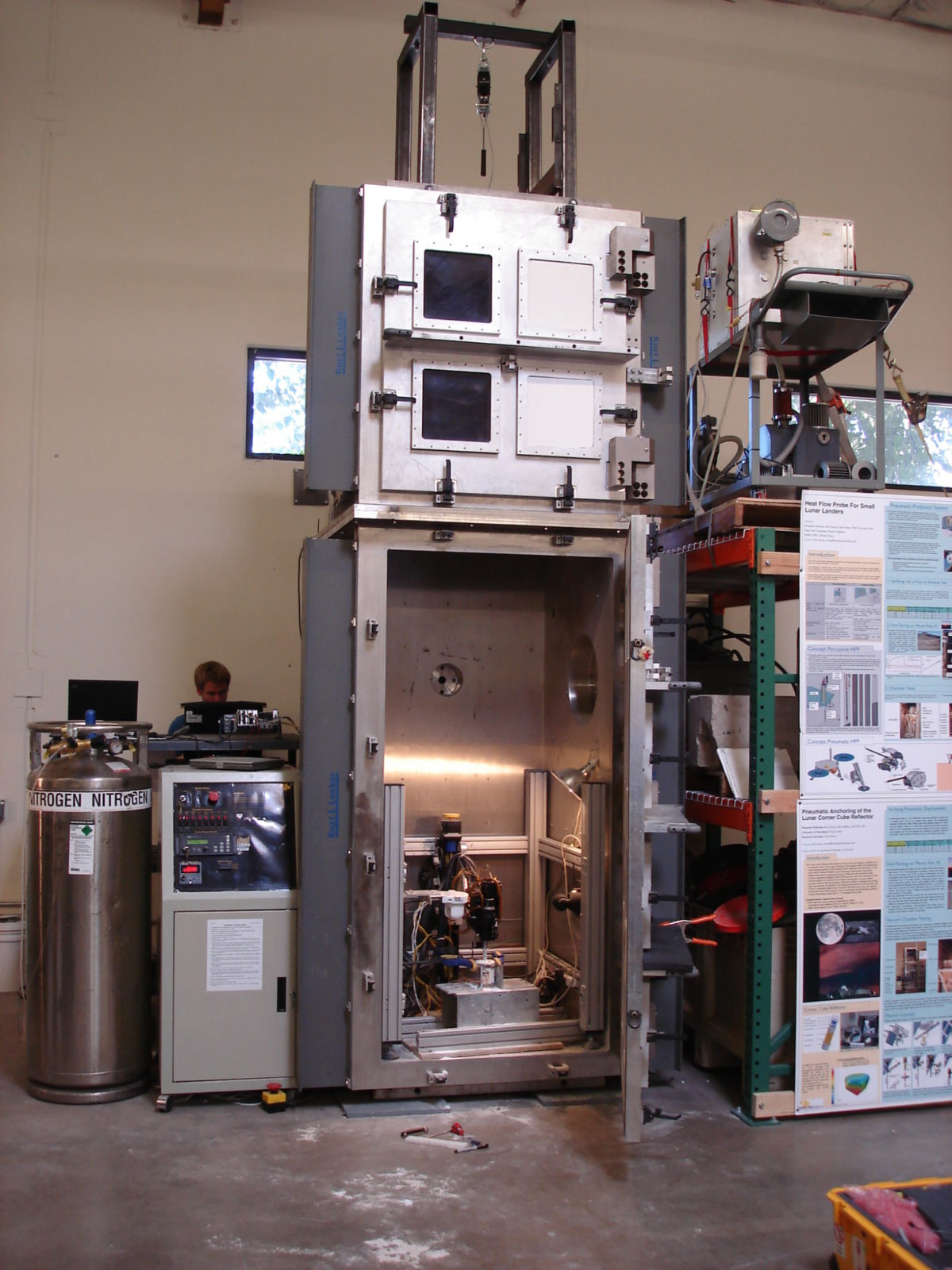Bruce Betts • Jul 01, 2013
PlanetVac Project Underway
I am very excited that our PlanetVac project with Honeybee Robotics is now fully underway. Below is an announcement that Honeybee just released. The Planetary Society and its Members are making this happen: a lab test of a new planetary surface sampling system that is potentially very reliable and efficient. In a few days, I’ll write a blog introducing you to the members of the team and update you on what is happening with the project.
Honeybee Robotics begins developing new PlanetVac sampling system with support of The Planetary Society
Planetary Society Members fund novel pneumatic approach to planetary sampling and space mining
With the support from the international space exploration non-profit The Planetary Society, Honeybee Robotics has begun a new phase of development and testing on a new space dirt and regolith sampling system, PlanetVac. The system is designed for use on Mars, the Moon, or asteroids, as a low-cost and more reliable alternative to traditional sampling systems. Honeybee developed the initial concept in 2002, but only now with the help of The Planetary Society is it being built. The functional prototype under development is designed to enable rapid and reliable sample acquisition for in-situ analysis on a spacecraft or for a sample return mission.
Funding for the project came from The Planetary Society, whose Members worldwide rallied to support the innovative project with a development grant of $30,000. The project will advance the design of the pneumatic collection system and culminate in end-to-end functional tests and documentation in Honeybee’s on-site vacuum chamber.
“Honeybee Robotics is a leader in the very specialized field of sampling materials on other worlds. The Planetary Society is very excited to be working with them on PlanetVac, a technique that could provide a new set of options for planetary surface sampling,” said Planetary Society Director of Projects Bruce Betts.
PlanetVac is a pneumatic system that uses small puffs of pressurized gas to push regolith directly and almost instantaneously into a sample container, a science instrument, or an earth return capsule. In previous testing of portions of the system, such an approach has lifted over 5,000 grams of sample with a single gram of propellant. Such propellant can come from pressurant gas already stored on board most planetary vehicles, which is traditionally vented upon landing, dedicated gas cylinders such as the ones for inflating bicycle tires, or it could be created on-site from collected regolith.
Kris Zacny, Director of the Exploration Technology Group at Honeybee Robotics, explains this approach to space sample collection in an interview available at The Planetary Society website. Honeybee appreciates the support of The Planetary Society in funding this stage of the PlanetVac project, and for its ongoing efforts to inspire the next generation of engineers by communicating the importance of planetary exploration.

The Time is Now.
As a Planetary Defender, you’re part of our mission to decrease the risk of Earth being hit by an asteroid or comet.
Donate Today

 Explore Worlds
Explore Worlds Find Life
Find Life Defend Earth
Defend Earth

